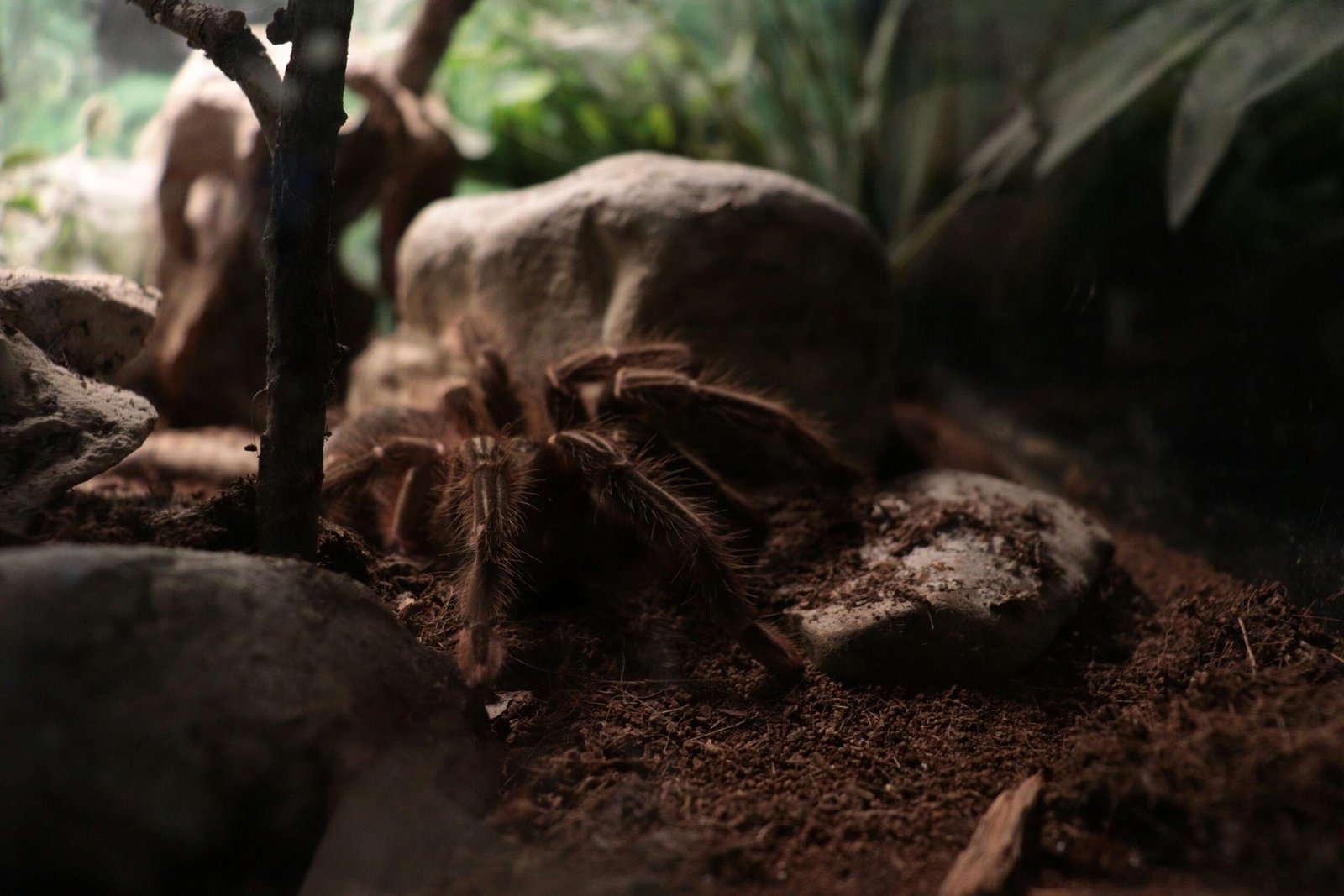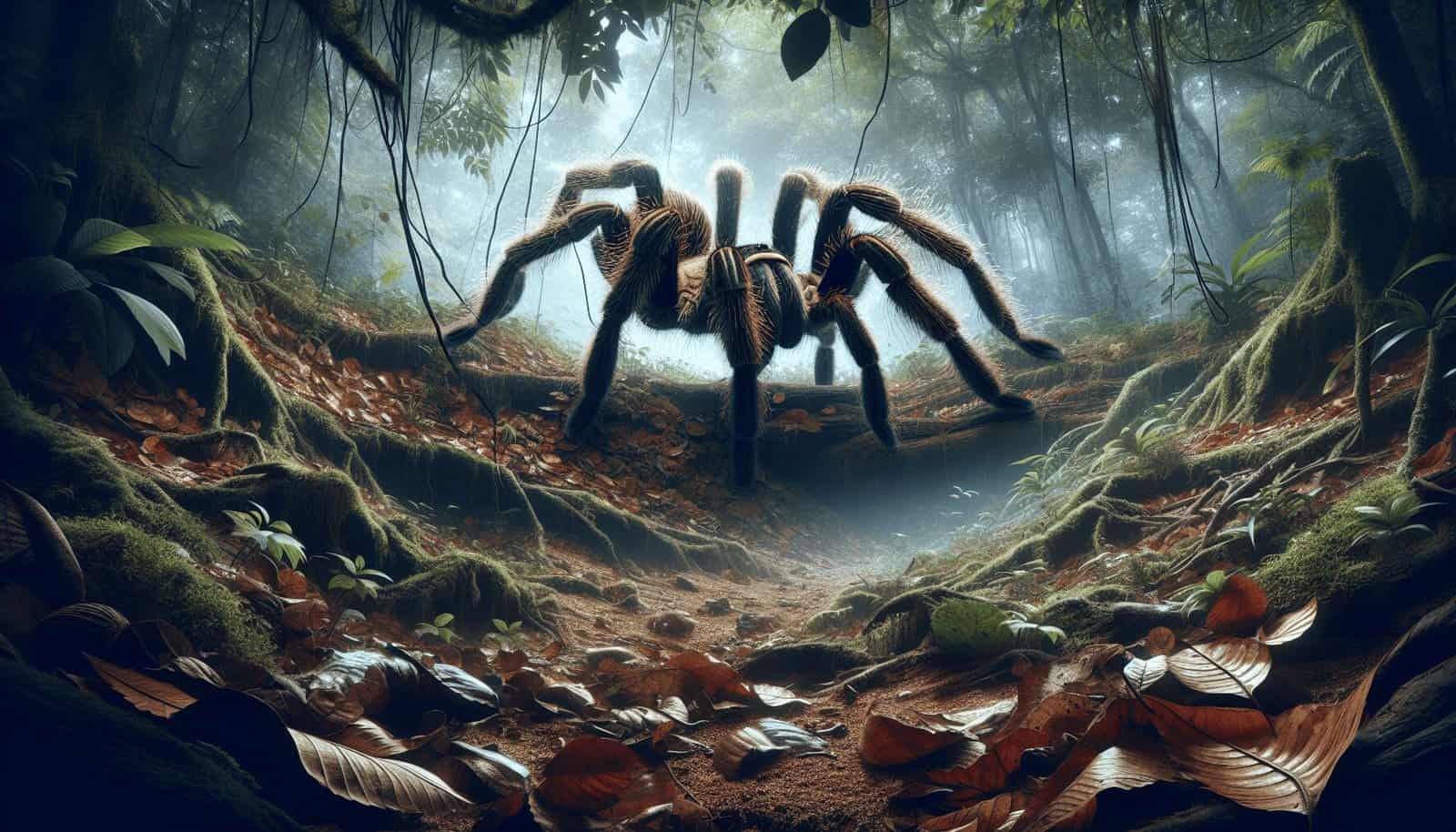Are you curious about whether there are specific environmental changes that lead to increased tarantula predation during reproduction? This fascinating topic delves into how nature’s subtle and not-so-subtle shifts impact tarantulas during a critical phase of their life cycle. To help you gain a deeper understanding, we’ll break down complex details and present them in an easy-to-read format.
The Life Cycle of Tarantulas: A Brief Overview
Tarantulas are remarkable creatures with a unique life cycle that is intrinsically tied to their environment. Their lives can be broadly divided into stages: egg, spiderling, juvenile, and adult. Each of these stages comes with its unique set of behaviors and vulnerabilities.
Reproductive Phase
The reproductive phase is perhaps the most critical stage in their life cycle. During this period, tarantulas exhibit specific behaviors and tendencies that make them more visible and, unfortunately, more vulnerable to predators.
Environmental Factors Influencing Tarantula Predation
Environmental factors play a significant role in determining the predation rates of tarantulas during reproduction. Let’s explore the primary environmental changes that amplify these risks.
Seasonal Changes
One of the most notable environmental changes is the shift in seasons. Most tarantula species mate during specific times of the year, often in the warmer months.
- Temperature Variations: Warmer temperatures can lead to increased activity levels in both tarantulas and their predators.
- Humidity Levels: Changes in humidity can impact the tarantulas’ ability to maintain their burrows, making them more exposed.
Habitat Disturbance
Habitat disturbances can range from natural events like floods and wildfires to human-induced changes such as deforestation and urbanization.
- Natural Disturbances: Events like storms can destroy burrows and vegetation cover, leaving tarantulas more exposed.
- Anthropogenic Disturbances: Human activities can lead to habitat fragmentation, making it easier for predators to find tarantulas.
Light Pollution
Artificial light can disrupt the natural behaviors of many nocturnal creatures, including tarantulas.
- Navigation Issues: Increased light can make it difficult for tarantulas to navigate and find suitable mates.
- Predator Visibility: Predators that hunt visually, such as birds and mammals, benefit from increased visibility due to light pollution.
Chemical Pollution
Chemical pollution, particularly pesticides, can have both direct and indirect effects on tarantula predation.
- Direct Effects: Certain chemicals can weaken tarantulas, making them more susceptible to predation.
- Indirect Effects: Chemical pollutants can also alter the composition of the ecosystem, increasing the number of tarantula predators.

Types of Predators
Understanding the types of predators that target tarantulas during reproduction is crucial for grasping the full picture.
Aerial Predators
Birds are some of the most common predators that hunt tarantulas. During the reproductive phase, tarantulas are often out in the open, making them easy targets.
Terrestrial Predators
Many ground-dwelling animals, including large reptiles and mammals, seek out tarantulas as a food source. This is especially true when tarantulas are searching for mates and leaving their burrows more frequently.
Arthropod Predators
Other arthropods, such as centipedes and larger spiders, can also prey on tarantulas. These predators are often adapted to exploit the weaknesses of tarantulas during their reproductive activities.
Behavioral Adaptations to Avoid Predation
Tarantulas have developed several behavioral adaptations to mitigate the risk of predation. However, these adaptations can sometimes be less effective in the face of specific environmental changes.
Burrowing
Tarantulas typically create deep and complex burrows to avoid predators. However, environmental changes like heavy rainfall or human activities can destroy these burrows.
Mating Behavior
Tarantulas have evolved elaborate mating rituals that often take place near their burrows to minimize exposure to predators. But, as mentioned, factors like light pollution and habitat disturbance can interfere with these behaviors.
Camouflage
Many tarantulas rely on their coloration to blend into their surroundings. Changes such as deforestation can strip away the natural cover they depend on, making this form of protection less effective.

The Role of Human Activities
Human activities have far-reaching impacts on tarantulas, particularly during their reproductive phase. Understanding these impacts can help in developing strategies for conservation.
Urbanization
Urban sprawl leads to habitat fragmentation, creating isolated pockets of tarantula populations that are easier for predators to exploit.
Agricultural Practices
The use of pesticides and other chemicals not only weakens tarantulas but also disrupts the ecosystem, increasing the chances of predation.
Conservation Efforts
Efforts to conserve tarantula habitats can significantly reduce the risks associated with predation during reproduction. This involves both preserving natural habitats and regulating human activities.
Environmental Changes that Aid Predators
Certain environmental changes make it easier for predators to find and capture tarantulas. Being aware of these changes can help in creating strategies to protect these fascinating arachnids.
Increases in Predator Populations
Changes in the environment that result in increased populations of tarantula predators can significantly affect tarantula predation rates.
Reduced Vegetation Cover
Whether due to natural events like drought or human activities like logging, reduced vegetation cover makes tarantulas more visible and easier to capture.
Changes in Prey Availability
When the usual prey species become scarce, predators may turn to alternative prey, such as tarantulas, increasing predation rates during the critical reproductive phase.

Implications for Tarantula Conservation
Understanding how environmental changes impact tarantula predation during reproduction can inform conservation strategies. Protecting their habitats and mitigating human impact are essential steps.
Habitat Protection
Preserving natural habitats is crucial for the survival of tarantulas. This includes protecting burrowing sites and ensuring there is adequate vegetation cover.
Regulating Chemical Use
Limiting the use of pesticides and other harmful chemicals can go a long way in protecting tarantula populations.
Monitoring Predator Populations
Keeping an eye on potential predator populations can help in predicting and managing predation risks.
Public Awareness
Education can play a significant role in tarantula conservation. By raising awareness about the importance of these creatures and the challenges they face, you can help garner support for conservation efforts.
Conclusion
In summary, specific environmental changes indeed lead to increased tarantula predation during reproduction. From seasonal shifts to habitat disturbances and human activities, various factors contribute to this phenomenon. Understanding these factors can help in developing effective strategies to protect tarantula populations during this vulnerable phase of their life cycle. Tarantulas are fascinating creatures, and through informed conservation efforts, you can contribute to their ongoing survival and study.
